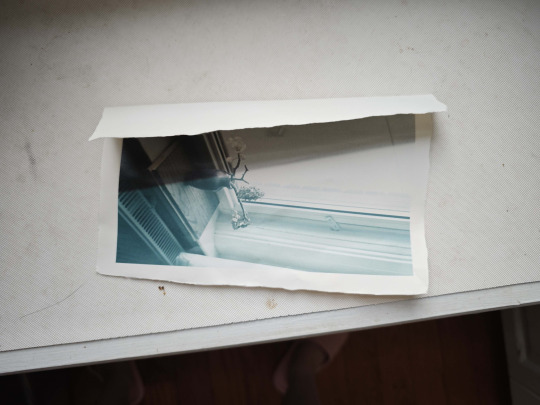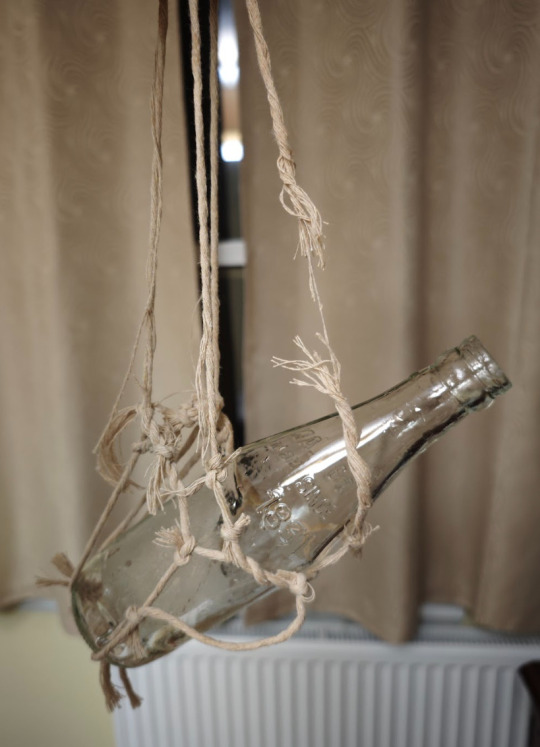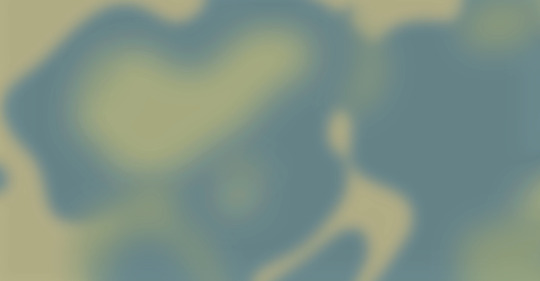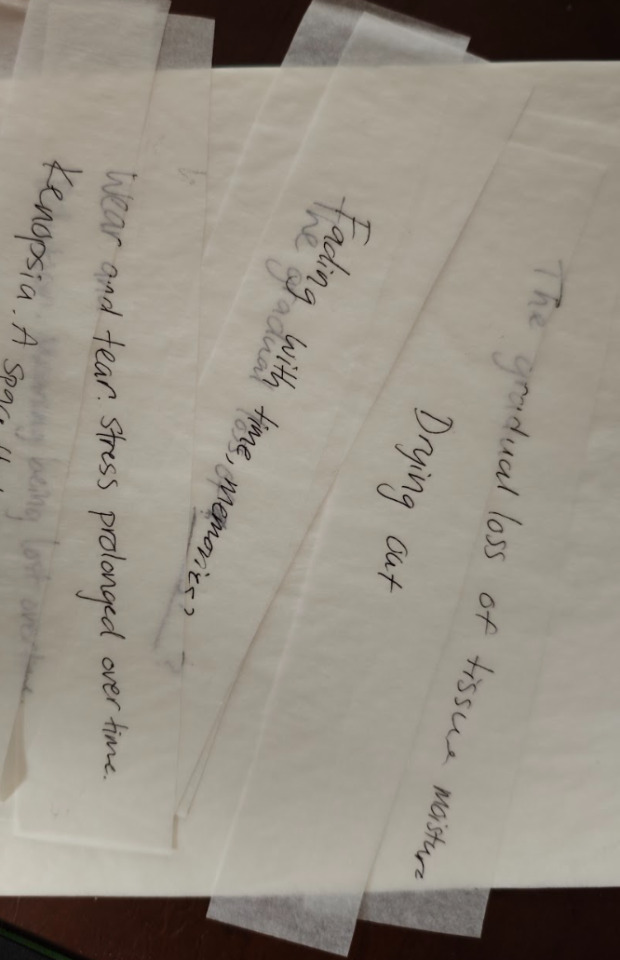(zɪˈrænsɪs) noun. The gradual loss of tissue moisture.
Don't wanna be here? Send us removal request.
Text
Writing Initiative #7
1. What have you learned about yourself doing this self-directed assignment?
I usually dislike being given too much creative freedom. A blank page is daunting. However, in this semester, I've learned that I don't actually hate being given this freedom. The lack of boundaries makes brainstorming quite fun as I can branch off as much as I want in the name of process.
2. What did you find to be the most difficult aspect of your chosen assignment? Creativity? Research? Connecting design to research? Craft? Organizational skills? Time management? Something else entirely?
I found that my difficulties with craft and time management were connected. Less time meant less room for exploration, refinement, etc, which means work that was less polished than I would've liked.
3. What did you enjoy about this opportunity?
I enjoyed working on something specific to me and being surprised by what others have come up with.
4. How would you rate your performance over the course of the semester?
Like I said, I struggled with time management and would end up cramming for weekly meetings. Maybe a 6-7/10.
5. Hindsight is 20/20. What would you do differently, now that you've had this opportunity to work this way?
I would love to have more time dedicated to this type of work, so I would either work on my time management skills or take fewer courses during the semester. 3 studio classes + 2 lectures are hard to balance, for me at least. I'd also like to use the time to experiment more instead of just dropping down ideas without following through. A richer body of process would be nice.
1 note
·
View note
Text
Reflective Final


Each slip of translucent paper holds an idea, interpretation, or synonym for xeransis that I've explored during this semester. It's in chronological order, and the bottommost layer holds the original definition, "the gradual loss of tissue moisture." The idea is that each layer of translucent paper blocks out more and more of the original definition, like my process that tried to get further away from a literal interpretation of the word. It's a condensed equivalent of scrolling down my Tumblr. I used a Sharpie to write and tried to make it so that the ink starts running out by the time we reach the top.
The receipt holder is because I wanted some form that would naturally accept more layers over time, like a brainstorming board. As if I wrote down each idea at the time of conception and stacked it over the semester.
Here, it tackles the gradual loss of moisture by comparing moisture with meaning. A gradual loss of meaning through various interpretations, until we stray so far that the original meaning is obscured.
2 notes
·
View notes
Text
4D Final
My 4D focuses on a concept I briefly explored during brainstorming in the earliest weeks. The frog in boiling water. The idea that if something changes gradually, you won't be able to notice it until it's too late. In this case, it's the birdsong, babbling creek, and white noise of the wind that disappears over time. It can be seen as a comment on the state of the environment and loss of biodiversity due to climate change. The way that incremental loss bypasses our sense of alarm until it's too late, making it easy to think, "it's not that bad." Like one of my anecdotes about the shifting trash can, it's hard to notice a gradual change and harder still to see your role in it.
I chose the visuals to be like a lava lamp and almost hypnotic because I wanted them to have a lulling effect. Almost like a screensaver. They had to accent the noises but not distract from them.
Here, my interpretation focuses on the word gradual. How, when things are gradually changed, it becomes imperceptible until it becomes unrecognisable from its original appearance.
1 note
·
View note
Text
Week 11: Critique & Reflective Brainstorming
The form works for the reflective, but it should connect more to the meaning of the word. Consider things that have to do with dryness, leaves, paint, things that promote dryness, freeze-dried/dried foods.
I'm thinking I can do ink drying out. The slips of paper at the top of the stack will show proof that the marker is running out from all the "process" it recorded.
I would try using dried plant matter as paper, but that requires more time for me to collect leaves at multiple stages of dryness.
1 note
·
View note
Text
3D Final


This piece has two points of interest: the frayed string and the weight that caused it. There is a plant in the bottle that's dying from a lack of water, but watering it threatens to break the string that is already struggling under its weight. The flower has one last petal, but it's clear that time is running out for both parties. The elements combine to create a sense of urgency as you are forced to watch it succumb to its fate, unable to help without making things worse.
I made the net from the string ragged and haphazard because it reminds me of trying to stop a leak by taping every new opening that forms. It's inefficient and doesn't tackle the root cause but instead puts a band-aid over the issue, buying a bit more time. The weight is a fragile glass bottle because I wanted there to be a reason to care about the fraying. If it were a durable object, would the fraying draw as much attention? This way, there are real stakes that make you want to keep looking, fearing the moment the string snaps.
Xeransis is the gradual loss of tissue moisture, but here I chose to also interpret it as the gradual wearing down of something from prolonged exposure to pressure, like a metaphor for burnout.
0 notes
Text



Seeing it like this, I am suddenly reminded of the flower in Beauty and the Beast. It worked as an hourglass by keeping the time. If he failed to find true love before the final petal fell, he would remain a beast forever.

0 notes
Text
Week 11: Reflective Brainstorming
How about a pad of tracing paper and at the very bottom is a printed definition of xeransis. The medical and most basic definition. Each layer above it will be a different meaning I used to represent xeransis in chronological order, until the translucent tracing paper obscures the original meaning. I think as a reflective, this concept covers my process pretty well but I'm worried it's too simple.
Instead of a pad of paper I could also consider using a receipt holder. It will naturally capture the nature of my process, which is writing down ideas as they come and putting them on my Tumblr (like placing new receipts in a receipt holder as they come).

0 notes
Text
Week 10: Reflective Brainstorming
Going back to my idea of the gradual loss of meaning/lost in translation, I was thinking of doing something involving all the different interpretations of xeransis that I experimented with during the semester. I've been going further than its original meaning which is the gradual loss of tissue moisture/drying up. It's interesting that in a way, I've diluted the meaning of xeransis into all these adjacent, but not quite faithful interpretations. The physical form would be something that naturally builds up over time, like maybe a brainstorm board with the original definition at the very back, covered up by sticky notes of other interpretations.
Maybe related: I was reminded of that game where multiple people stand in a line and draw on the person in front's back. The original drawing will be the most accurate, and the subsequent drawings will become increasingly mangled as each person tries to interpret the sensations. It goes back to the idea of the broken telephone game where people try to whisper a phrase into another person's ear and there's a chance that the meaning will be lost by the time it makes its way around the group.
Other random thought: Xeransis as neuroplasticity. Neuroplasticity refers to the brain's ability to change and adapt its structure and function throughout its lifetime in response to experiences, learning, and stimulation. Lack of exercise will fade existing neural connections.
0 notes
Text
Week 10: Critique & Writing Initiative #6
Critique
I can consider making the beginning even slower of a transition. I should take all sounds out at the end instead of leaving the background noises like wind/creek. Consider ending in black, or white, or keeping it brown since when a plant dies, it wilts into a dry brown.
Writing Initiative #6
1.Which piece did you present to the class today? How does it relate to the other pieces previously presented?
I presented my 4D piece. It follows the same obsession with the word "gradual" in the previous pieces. The 2D piece was about memories and the way time erodes them. The 3D piece was more about burnout and the wear and tear of a constant force, leading to a breaking point. This would be less about the outcome and more about the process it takes to get from point A to B. The frog in boiling water, how you can't notice it's changing until it's too late.
2. Describe 2–3 specific strengths your classmates found in your work and their reasons for identifying them.
I think the general consensus was that the concept worked with my word. There is a clear connection to drying up/gradual loss of moisture despite my veering off with kenopsia. It makes sense. Someone also liked the connection between the brown tones with a withered plant because it made sense with my theme.
3. Describe 1–2 specific ways your classmates thought you could improve this work going forward.
There seems to be varying opinions on the pacing of the transition. Someone said the beginning felt too quick while around the midpoint it started slowing down. I do want to perfect the pacing to be as unnoticeable as possible since the point is that you don't notice until it's gone. Maybe I can experiment with the timings and probably extend the video by another minute?
4. Consider the remaining outcome yet to be presented in a couple of weeks; why have you put it off the longest? Describe your reasons for presenting this outcome last.
The reflective eludes me. It got better after this critique though. I realize I don't have to connect it that much back into my process which freed me from the idea of it being a process book of some sort. That thinking was what kept me from starting it since I felt like everything would just devolve back into a fancier version of a process book.
5. Finally, you have now had a chance to present each of your projects (2D, 3D, 4D, Reflective) in process to the class. Produce an image of each one and describe how an aspect of your word is manifested in each piece.




2D: Time erodes memory like the sun bleaches a photograph. The piece shows one side before and after, drawing attention to the gradual loss that occurs over time.
3D: All things struggle with wear and tear. An eraser will disappear with time, a pencil will get shorter, and a string might snap under its load. Wear and tear is exclusive to prolonged use over time. It's impossible to perfectly fake the effects of it but I still try. The string struggles under the weight of the bottle that will eventually fall and crack open. If not today, then someday in the future.
4D: If a change happens over a long period of time, no one notices it happening. With nature, the fact that the environment degrades at such a slow pace means that it's hard to see it as a direct result of our actions. If I litter a little bit each day, one day I'll fill a lake with my trash. The fact that it's a gradual loss means it becomes imperceptible to me until it's too late. In this piece, bird calls and signs of biodiversity peter out into nothingness at a pace slow enough that it's hard to notice until they're already gone. It (hopefully) leaves you wondering, when did that happen? And how did it happen?
Reflective: I think I messed up somewhere because I didn't present this yet. I can still explain it, however. Translucent paper with the different definitions, interpretations, and directions I explored that block out the original definition with every new layer. A dilution of meaning, like a game of telephone.
0 notes
Text
Week 10: 3D Brainstorming
I previously wanted sand in the bottle to weigh it down, however, I just thought about putting an actual dying plant + soil in the bottle. The piece then becomes a cache 22 where the plant will eventually die if it doesn't receive water, but it will also die if it receives water since the added weight might be too much for the fraying string. I struggled with the idea of adding weight to the bottle because I wanted there to be a reason to keep adding more. Sand and rocks didn't make too much sense since there would be no reason for anyone to want to add more weight into the bottle. I think the plant idea solves the logical inconsistency I was working around before.
0 notes
Text
Week 10: 4D Test
With visuals. The colours slowly dim into the same brown, like vibrant paints mixing together to form a dull grey/brown.
0 notes
Text
Week 10: 4D Brainstorming
I remembered a word I liked back in middle school called kenopsia, meaning the eerie, forlorn atmosphere of a place that is usually bustling with people but is now abandoned and quiet. I realize that it's essentially my intention with the 4D piece. To make it feel unsettlingly quiet after all the signs of life. I could try it with the sounds of human chatter and background noise or go the decaying route and base it on the sounds of nature.
"Empty Forest" or "Silent Forest Syndrome," forests that look intact but have lost much wildlife, leading to a lack of the typical sounds of birds, insects, and other animals.
0 notes
Text
Week 10: 4D Experiment
I used this website called Noises Online to see what the general vibe would be. It starts loud and full of life, almost too overwhelming, before petering into silence.
Instead of making an immersive video, maybe I can make a website to bring more interactivity to the piece. Maybe it starts off loud and overwhelming, encouraging the user to kill each sound so it becomes manageable, not realizing that they went too far until they are left with nothing. While I did touch on environmental "drying up" in the initial brainstorming, I haven't really done much on it in my projects. The 4D could be the place for this topic.
0 notes
Text
Week 10: Somewhat Related Anecdotes
The chair I use at home is a kind of piano stool, and I think it broke somewhere because every week or so two of the screws will loosen enough that they can pop out. Even if I tighten it the best I can it'll still fall out after being subjected to use for a week.
Same thing with the step-on trash can in the living room. Everyone uses it and by the end of a week, the trash can will have shifted so far that the step is up against the wall. It's annoying that I can't even tell how it happened, just that it did. Everyone who interacts with it contributes to its movement yet it's such a small shift with each person that no one thinks anything of it. The exact moment of change can't be pinpointed.
0 notes
Text

I saw this sand art that functions like an hourglass.
1 note
·
View note
Text

I can consider using different coloured sand to create an image in the bottle.
0 notes